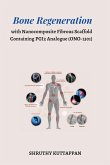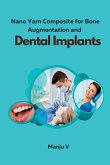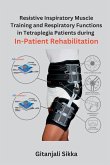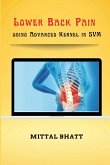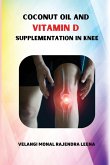Additive Manufacturing (AM) is a manufacturing technology with its ability to produce complex three - dimensional parts quickly and directly from a CAD model in an additive fashion, without any shape limitations and need for tooling. The AM technologies simplify the design process and provide the ability to fabricate products with unbounded geometric freedom, a wide choice of materials and even multiple materials, reduced cost, reduced material wastage, and decreased lead times. Earlier, AM techniques were used for "Rapid Prototyping" in the domain of product design and development for concept modelling, pattern building, assembly verification and functional testing. In recent times, AM techniques are being used for the production of actual end-use products for various sectors. One of the interesting sectors with significant potential impact is the medical field, where implants, scaffolds and prosthesis are being manufactured, using the AM technique. Conventional methods of scaffold fabrication include fiber bonding, solvent casting and particulate leaching, membrane lamination, gas foaming, cryogenic induced phase separation, and so on. However, all these techniques are mainly based on manual work and lack of a corresponding designing process, so that an extra procedure was needed to obtain a suitable shape and microstructure. These conventional techniques also have many disadvantages, such as long fabrication periods, poor repeatability and insufficient connectivity of pores. To overcome the limitations of these conventional techniques, automated computer controlled fabrication techniques, such as the AM, are being explored.


